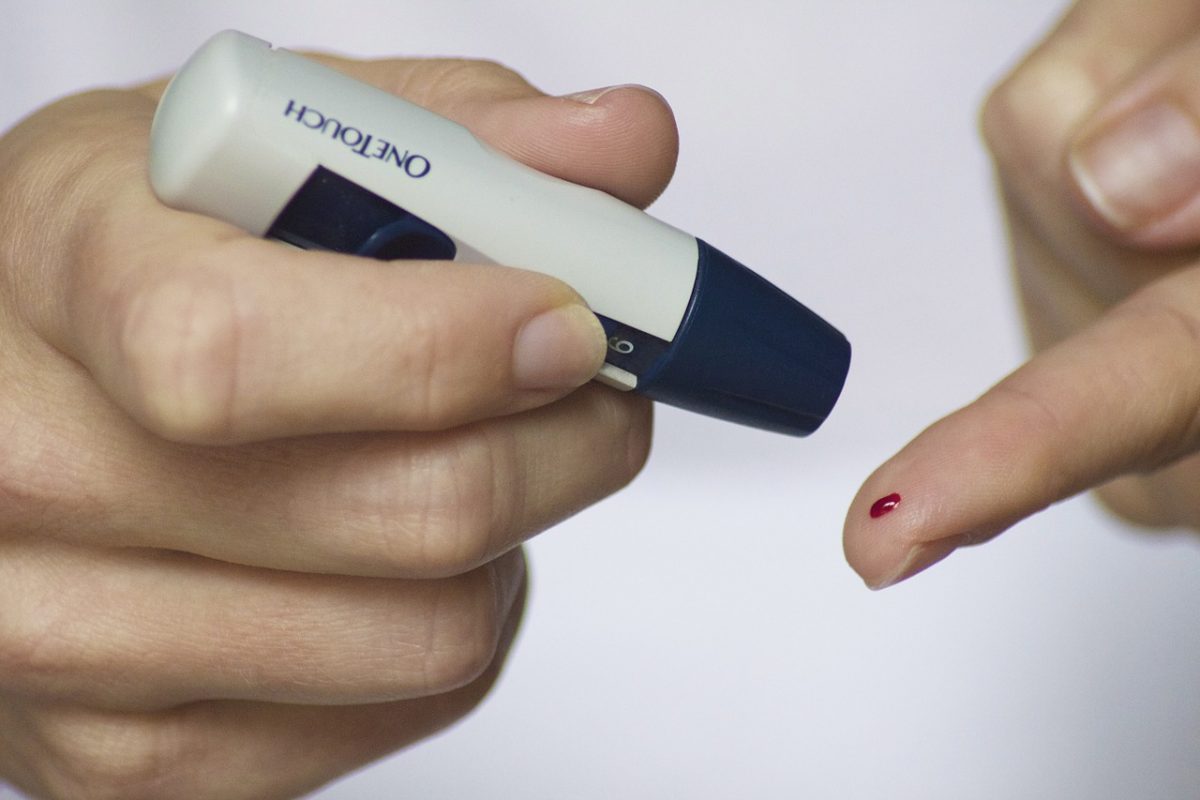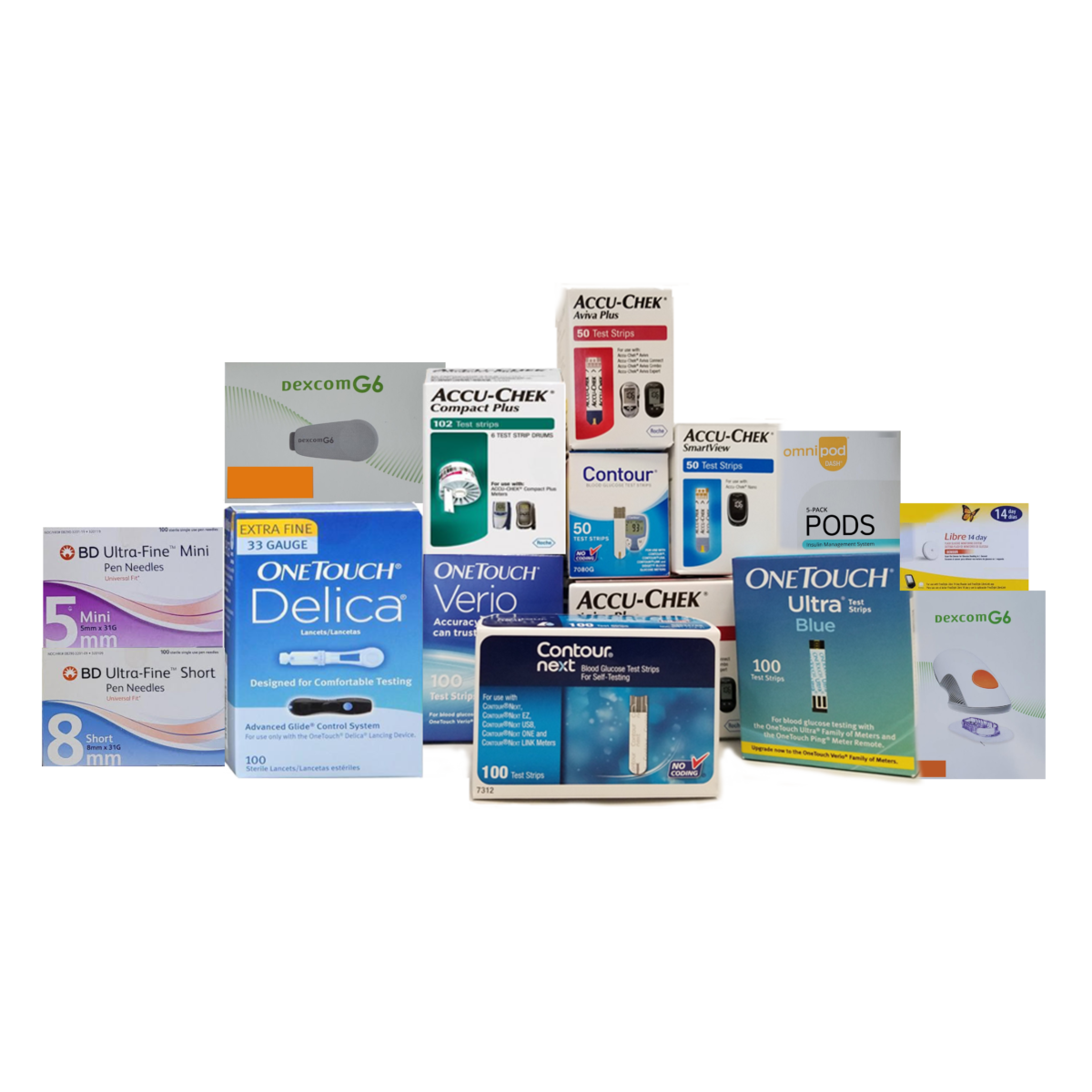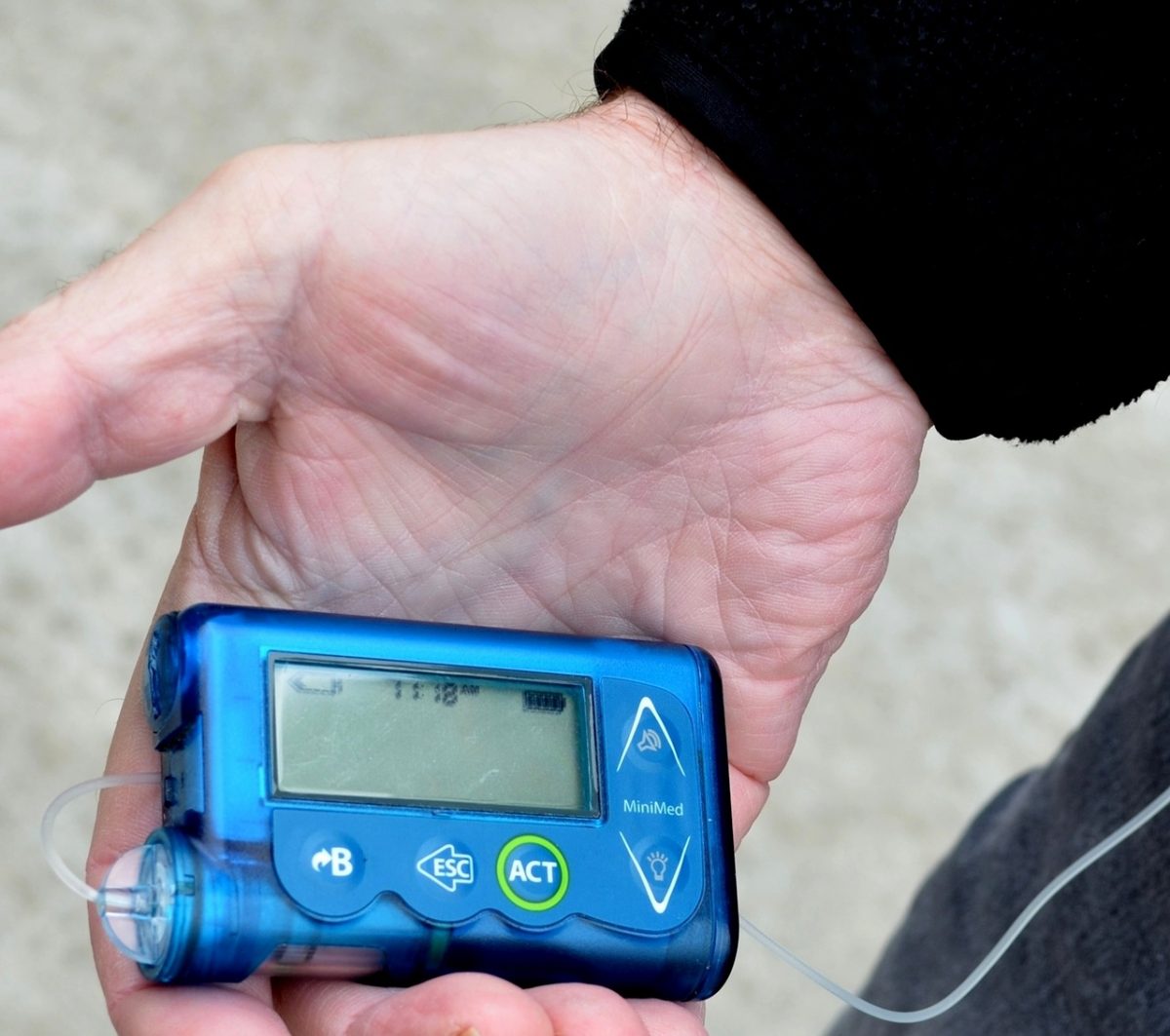Lancets are the small, disposable devices that people with diabetes use to obtain a blood sample for testing their glucose levels. The needles have different attributes depending on the brand. Some use smaller thinner needles, while others are thicker. The lancet device used can be adjusted for different depths. The shallower the depth, the less pain or discomfort that an individual experiences.
Traditional Lancets
They’re small, plastic cylinders that hold a sterile needle. They’re used to prick the finger or other part of the body to collect a small sample of blood. The blood sample is collected by a test strip and inserted into a glucose meter that analyzes the sample and provides a reading of the individual’s current blood glucose levels.
With traditional lancets, a new needle must be inserted into the device after each test to help prevent infection and lessen pain or discomfort associated with pricking the finger. As a “sharps” device they require special disposal methods.
Pip Lancets
A pip lancet is a little different. It’s a single use lancet device used to obtain a blood sample that’s simply disposed of after each use. There’s no need to reload a fresh needle into a lancing device each time a person needs to test. The needle remains retracted within the cylinder and it has a twist off cap. Individuals simply press the device gently against a fingertip to activate.
Pip lancets are easy to use and marketed to be less painful than traditional types. Many users claim they’re the least painful lancet device they’ve used. Pips lancets are especially beneficial for people that are needle averse, those with needle phobias, and children as they never actually see the needle.
The design also eliminates accidental stabbing. Multiple companies make Pip style lancets and prices can vary widely depend on the brand and where they’re purchased. Pip lancets are advantageous for those on the go, but they’re still classified as sharps and must be disposed of in an appropriate manner. For the eco-minded, there’s also the concern of the additional use of plastics.
If you would like to find out about earning cash for your unwanted, unused and boxed test strips, complete our online quote form today.
If you have extra, unopened and unused boxes of diabetic test strips – whether you have switched brands, no longer need to test or test less frequently, or have a loved one who has passed away – don’t let them gather dust until they’ve expired and end up in the trash. We’re the best place to sell diabetic test strips online, and if you want to sell your test strips, we’re here to make the process easy and enjoyable!
Visit us at Sell Your Test Strips and get your free quote today!




